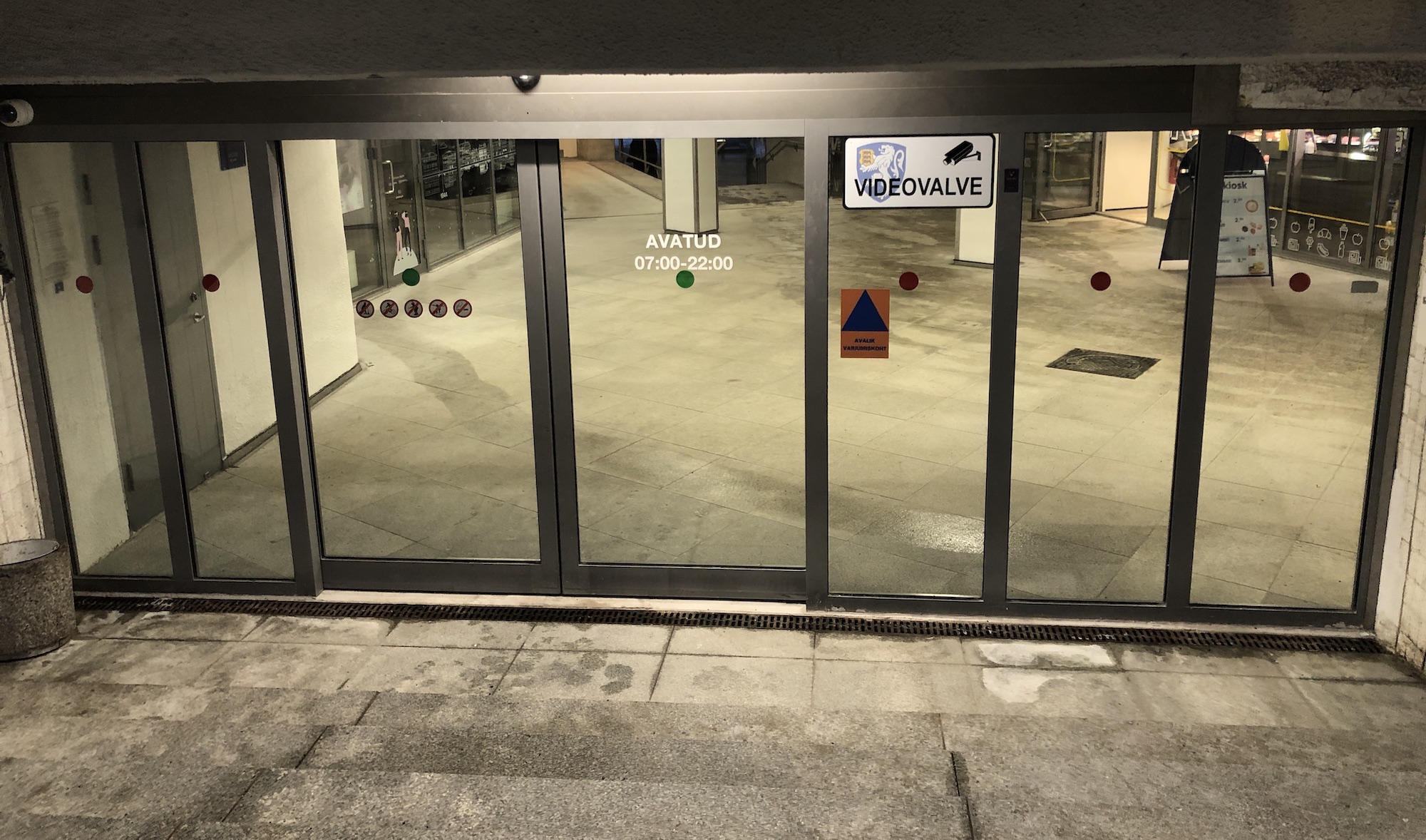
FACT CHECK | 3 points of reflection on the messages of the Director-General of the Estonian Rescue Service in the field of civil defence
In an interview with Eesti Päevaleht, the Director-General of the Rescue Board, Margo Klaos, explained the state of civil defence. Some of the statements in the interview need to be more broadly understood for accuracy – here are three key points.
1. Shelter, public hiding place or safe room – it makes no difference!
The statement in the interview that there is no difference between a shelter and a publich hiding place, let alone a safe room, is not true. The precision of the term is important, because the path chosen in Estonia to only label and thus create only public hiding places does not offer the same protection as building proper shelters. Shelter is a much more effective means of protection, which is why Estonia, for example, when building a new kindergarten in Ukraine, designed in a shelter rather than a public hiding place. This is at Ukraine’s request and based on evidence-based real need, because it is known from real life experience there – only shelter offers real effective protection.
The importance of the notion of precision when it comes to sheltering has also been the subject of a recent article in the newspaper Sirp by architect Indrek Saarepera. Accuracy is also important because, under current practice, a public hiding place can be any indoor location, as long as a sticker is affixed to it. For example, a builders’ shed on a construction site. However, the real bomb shelter would be subject to specific engineering requirements, and we would need them to protect at least vulnerable target groups – such as children, but education, medical or welfare system targets groups in general. This would be the first place to start with shelters in addition to the new public buildings being designed. Public hiding places also have their place, but this cannot be the main objective of the long-term sheltering policy and its capacity, but only one of the measures.
2. Shelters are only needed for nuclear warfare
The article also claimed that Finland has only built shelters as a counter measure for potential nuclear war. It is important to point out here that the first document defining bomb shelters in legislation was adopted in Finland as early as 1939, six years before the first atomic bomb test in the United Sates. Finland’s bomb shelter system is based on the experience of the Soviet Union’s aerial bombardment of Finland and, separately, of its civilian population, for example, the repeated bombing of Helsinki during the Second World War (1939-1944) and, in especially in 1944, mainly in the form of large-scale bombing raids. The threat of nuclear war was therefore not the reason why the Finns started to think about civil defence, history does not support this claim.
3. Estonia will not follow the Finnish model
Finland’s model of comprehensive civil defence is a perfectly appropriate objective for Estonia, the question may only arise in terms of time. The first step should be to set elementary requirements for building shelters and to protect vulnerable groups. Shelters must become an integral part of new public buildings, as well as new educational facilities. As the Ukrainian experience has shown, shelters are really needed.
In conclusion, the displaced messages do not help to build trust and substance in the Estonian civil defence system. Messages of ‘let’s not get bogged down in details’ are saddening. Details are crucial to security, to take an example from the field of the Transport Administration: it is vitally important whether cars have winter or summer tyres, the attitude that a wheel is a wheel and will roll in all weathers simply does not apply. This is also the case for civil defence, where the measures we choose need to have a real and evidence-based capacity to work, and where Finland is still an important role model.
× An explanatory response from the Centre of Crisis Research Centre to the opinion piece of the Director-General of the Rescue Board Margo Klaos was previously published on January 17, 2024 in the web portal of the Eesti Päevaleht. Photo: a public hiding place at Vabaduse väljak (Crisis Research Centre, 2023).
Jaga postitust:
